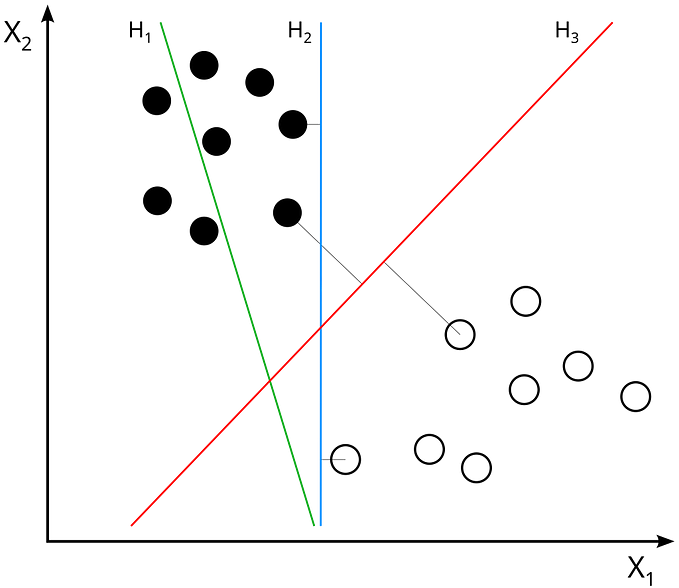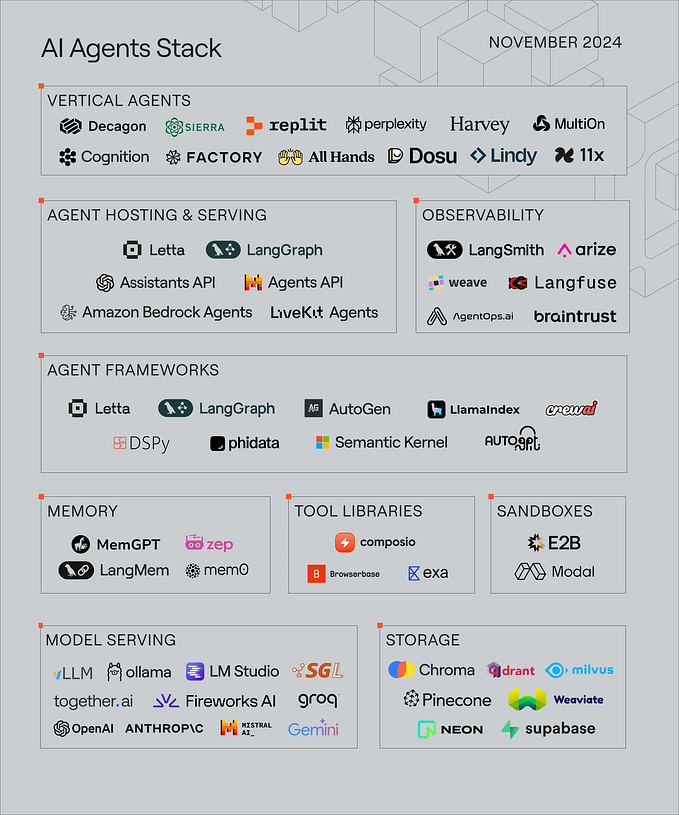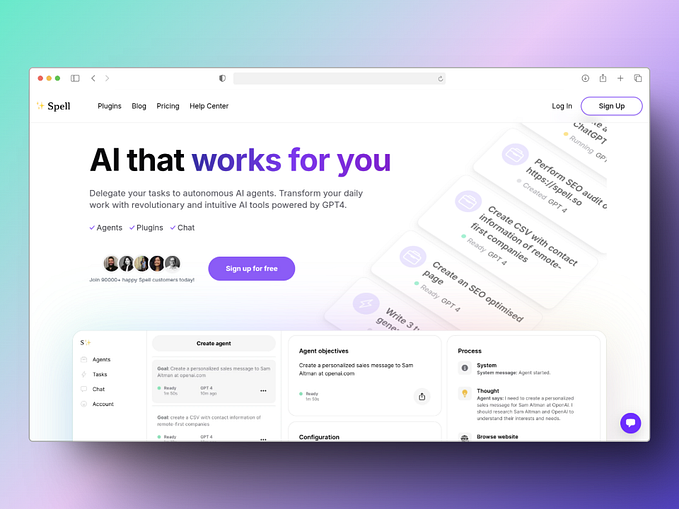Member-only story
Top 10 Hibernate Best Practices
Introduction
Hibernate is one of the most widely used ORM (Object-Relational Mapping) frameworks in Java. It simplifies database interactions by allowing developers to work with Java objects instead of writing complex SQL queries. However, misusing Hibernate can lead to performance bottlenecks, memory leaks, and inefficient database operations.
In this article, we will explore 10 best practices that will help you write efficient, scalable, and high-performing Hibernate applications. Each best practice includes a real-world example, highlighting common mistakes and how to fix them.

1️⃣ Use Lazy Loading for Better Performance ⏳
❌ Common Mistake
❌ Using EAGER fetching unnecessarily
@Entity
public class Employee {
@OneToMany(mappedBy = "employee", fetch = FetchType.EAGER) // ❌ EAGER fetching
private List<Address> addresses;
}🔹 Why It’s a Problem?
- Fetches related entities immediately, causing unnecessary database joins.
- Slows down performance, especially when dealing with large datasets.







